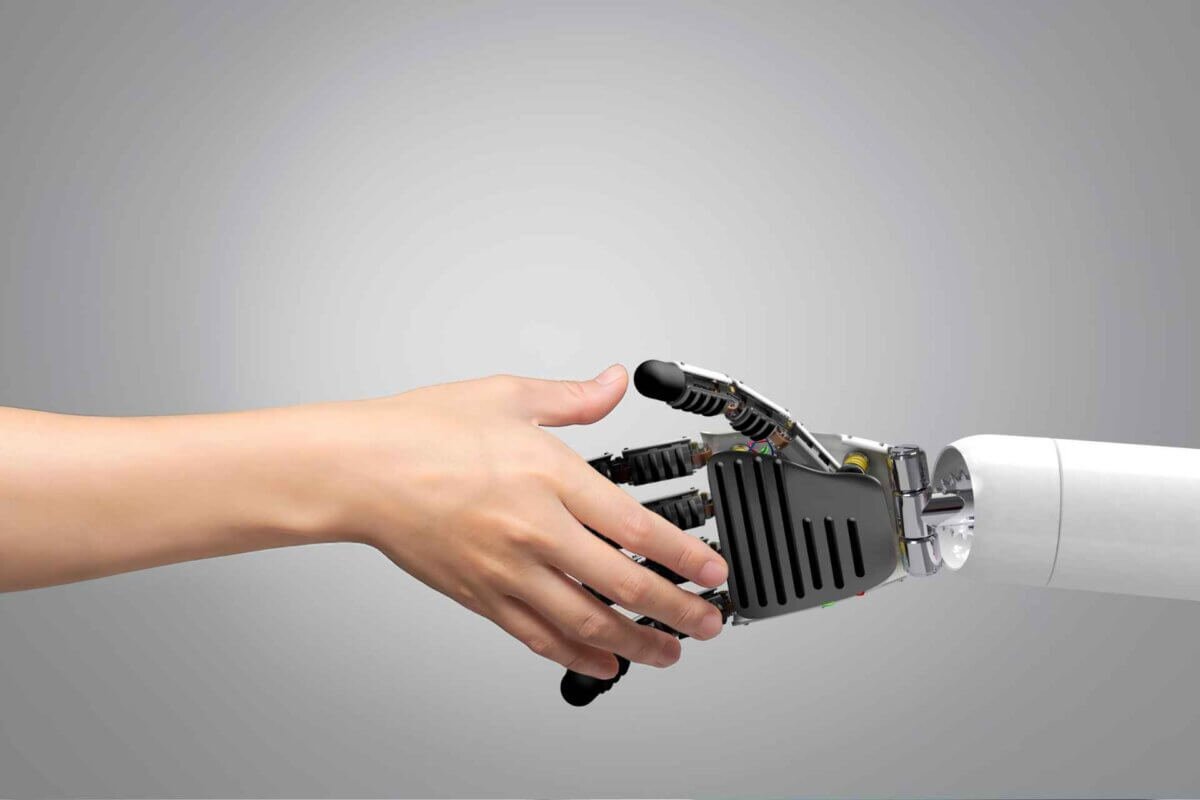The ACM SIGSPATIAL International Conference on Advances in Geographic Information Systems 2021 (ACM SIGSPATIAL 2021), the 29th edition, was held November 2-5, 2021. As the first Keynote of the conference, Former Director of Microsoft Virtual Earth, Founder and CEO of WAYZ.AI, Dr. Vincent Tao, presented the WAYZ.AI innovation on Spatio-Temporal AI (ST-AI) technology and its applications to Digital Twin and Metaverse.
With the emerging Metaverse, the world will be more weaved into the virtual world. Dr.Tao called the future world “Phygital”, a mixed physical and digital world. The Phygital world is neither just another Sims game, like Roblox, nor the Internet world like Alibaba or Amazon. It is a mirrored world, Digital Twin, or recently Metaverse. People’s life and work experiences should be seamless integrated physically or digitally.
Moreover, the Phygital world would be a place where people and big or small business can be of benefit. Unlike the current Internet, people’s data and small business are very much under a control by the growing monopoly Giants. WAYZ.AI has developed a new technology, ST-AI, to analyze the relation of supply-demand in any geographic region by combining data from a variety of sources both online and offline. ST-AI can help brands, retails and merchants to provide sales forecast, site selection and right goods for sale etc. This approach can help not just businesses but also city planners and managers to better manage the city, like zone planning, disaster mitigation, economic development and community services.
Dr. Tao referred that Bill Gates, Founder of Microsoft, introduced an idea of a ‘3D Web’ in 2005 and later acquired GeoTango, a 3D web mapping company founded by Dr. Tao. Dr. Tao recalled, 2005 was the beginning of a battle between Google Earth and Microsoft Virtual Earth (Dr. Tao was Director of Microsoft Virtual Earth Business Unit). Many technologies have been developed during the competition, such as computer vision for 3D urban modeling and panoramic Street-view imaging etc. It was the first time that people can walk through the 3D world via the Internet and navigate into any city block. With the limitation of mobile phones and IOT devices, the 3D world is static and its commercial value is limited.
Professor Michael Batty, Chairman of the Centre for Advanced Spatial Analysis, University College London, defines Spatio-Temporal AI is a collection of digital tools, models, and methods that can be deployed to increase people’s understanding of how, where and why people locate and move in cities. It also enables people to develop new procedures for designing and managing the future city so that it can become more sustainable, equitable and efficient.
Dr.Tao along with a group of leading experts has recently published a whitepaper “Spatio-Temporal AI powering the Digital Twin city”. It states that it becomes possible that the city itself can be modeled, analyzed, and predictable with the big data and AI technologies. The increasing data aggregated from multiple data sources from the city government and the public allows people to deploy Al tools and methods to understand the complex social and physical activities of the city. The Phygital platform developed by WAYZ.AI was one of the first of its kind to address city related problems at scale. The Phygital platform is composed of ST big data engine, ST knowledge graph engine, and ST-Al engine as well as a set of pre-trained models built from many real-world cases. The most challenge issue to handle the city-level data is its volume, dynamics, uncertainty and scalability. WAYZ.AI is a leader in developing ST-AI methods and algorithms to make it work.



